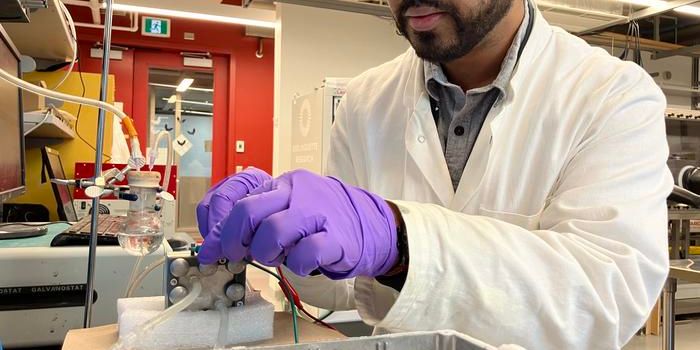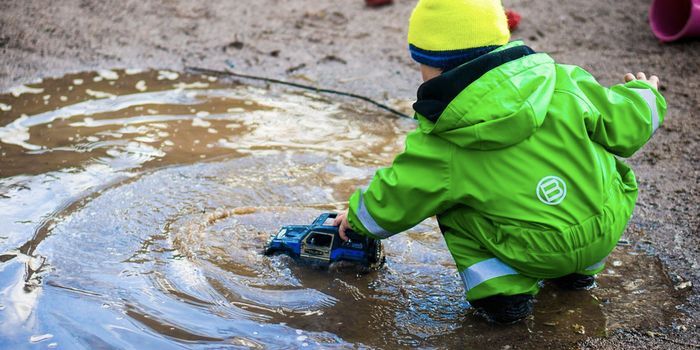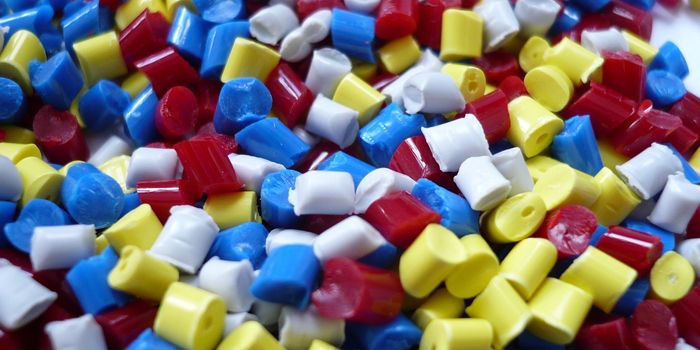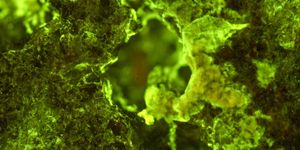New Glaucoma Drainage Implant Safe And Effective At Reducing Intraocular Pressure
Glaucoma, which affects an estimated 57 million people worldwide, is an eye condition caused by too much pressure around the eye, which can damage the optical nerve and lead to irreversible blindness. Because the prevalence of glaucoma is expected to rise by nearly 74% over the next 20 years, new ways to safely and effectively treat glaucoma are needed.
Currently, reducing intraocular pressure to help the optic nerve is the therapeutic standard for treating glaucoma. This is usually achieved through topical treatments or through surgical procedures. Glaucoma drainage implants (GDIs) are among the more common tools used by surgeons for reducing IOP. However, some of these devices, such as the Baerveldt® implant, while effective at reducing IOP, have a high risk of post-procedure complications, such as hypotony (low IOP). They also have a higher risk of patients needing topical treatments after these procedures, as well.
Researchers at Advanced Ophthalmic Innovations recently published a paper in Nature detailing a new GDI, the PAUL® Glaucoma Implant, as well as preliminary data about it’s safety and efficacy. The paper details a study observing use of the PAUL GDI on 97 eyes in 99 patients at the Manchester Royal Eye Hospital in the UK.
Overall, preliminary results showed that the PAUL implant was successful at reducing IOP pressure and reducing the need for topical medications to manage glaucoma. Findings also showed that eyes treated with the PAUL implant had half the cases of hypotony and a greater reduction in IOP pressure compared to the Baerveldt implant at 6 and 12 months post procedure, as evidenced by the following changes in IOP pressure:
- 15 mmHg and 13.6 mmHg (Baerveldt)
- 13.6 mmHg and 13.3 mmHg (PAUL)
The PAUL device also allowed for a slight mean reduction in the number of topical treatments needed after the procedure compared to the Baerveldt device.
The researchers at AOI note that more work is needed to compare their new device with other GDIs.








